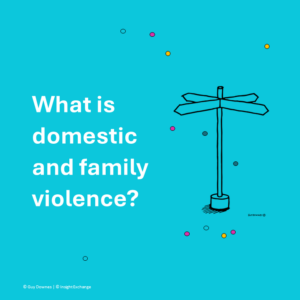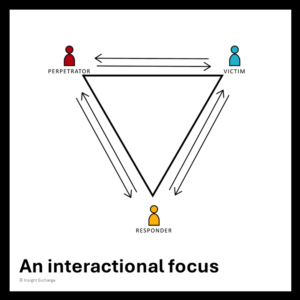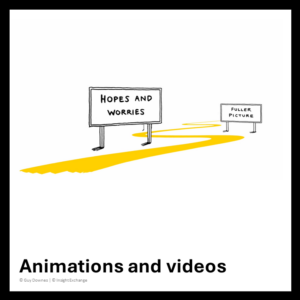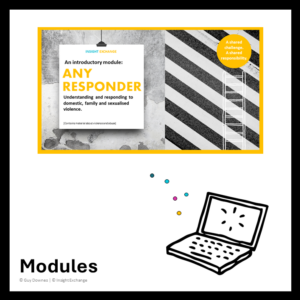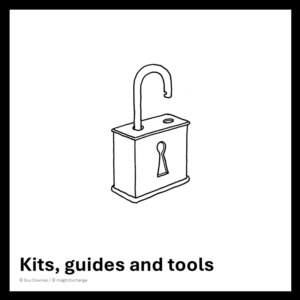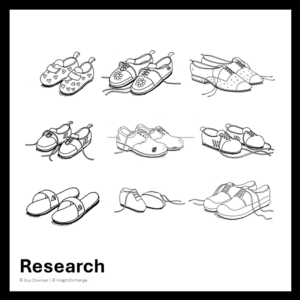Learning
What we understand about domestic, family and sexualised violence informs how we respond; it influences how we design and communicate products, services and systems. Individually and collectively we can build on our understanding to inform our responses.
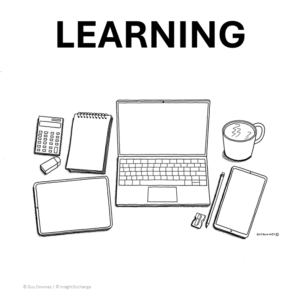
In the 'learning' menu you can view and read resources designed to build on understanding of violence and abuse.
The learning resources are listed here and described below. Each link will take you to the relevant landing page where you will find the related materials.
What is domestic and family violence? National, state and territory definitions of domestic and family violence and criminal codes vary, however violence and abuse is never acceptable in any community, family, institution, place or context.
An interactional focus - A key to understanding interpersonal violence is to appreciate that it is social and interactional. Responses from others always matter. And we are all in this picture.
Animations and videos - explore the short animations and short and long form videos designed to build on understanding of and responses to domestic, family and sexualised violence.
Modules designed to build on understanding of and responses to domestic, family and sexualised violence.
Kits, Guides & Tools designed to support responders and to inform responses.
Research - explore research projects, our responses, and build on your understanding of academics as social responders.
- In the 'listening' menu you can explore the lived experience insights.
- In the 'exploring' menu you can view and read animations and resources informed by lived experience insights.
- In the 'responding' menu you can view and read about resources and initiatives designed to uplift responses across the ecosystem.
- In the 'participating' menu you can explore several ways to participate in Insight Exchange at your lead.

